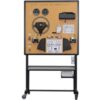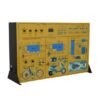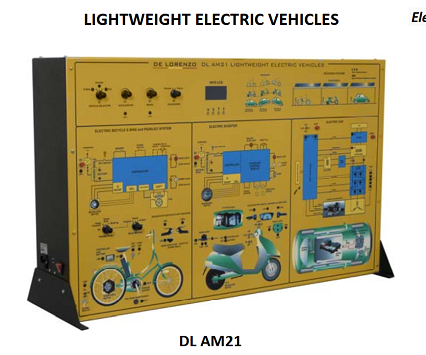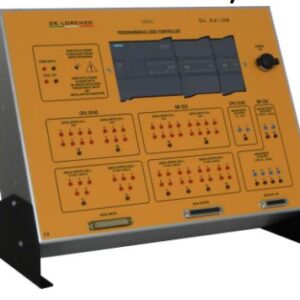Electric bicycle:
Description of the E‐bike system (electric bicycle)
Description of the Pedicel system (electric bicycle with pedal assist system)
The controller
The braking system with suppressant of the motor supply
Acceleration function for the E‐bike (Twist and Go)
Acceleration function for the Pedicel system
PAS (Pedal Assist System)
PAS/TAG system
The torque sensor
The batteries (types and performances)
The motors (types and performances)
Braking and regenerative deceleration
Safety devices
Battery recharging
Electric scooter:
Description of the electric scooter
Functions and controls
The motor
The controller
The DC/DC converter
The interface module (ICM)
The braking system
Braking and regenerative deceleration
The batteries (types and performances)
Safety devices
Battery recharging
Electric car:
Description of the electric car
Main functions and controls
The DC motor
The controller for the DC motor
The brushless motor
The controller for the brushless motor
The asynchronous motor
The inverter
The DC/DC converter
The interface module (EVMS)
The batteries (types and performances)
The control of the batteries (BMS)
The braking system
LIGHTWEIGHT ELECTRIC VEHICLES
Bench‐top educational system for the simulation and the theoretical and practical study of the main circuits and components that are used in lightweight electric vehicles.
The simulator is divided in three sections, relevant, respectively, to electric bicycles, scooters and cars and it allows learning their operation through light signaling. By means of a selector it is possible to choose the vehicle that you want to analyze.
By connecting the panel to a computer it is possible to visualize on the screen the available information during the operation of the system.
The operating mode and the insertion of the faults are through computer. The simulator is complete with a software that allows students studying the theory and performing the exercises.
For all three vehicles, the simulator analyzes the normal drive operation and those that depends on the slope of the road.
Furthermore, both domestic and public battery recharging systems are also dealt with.
The insertion of the faults is through computer and is relevant to the malfunctioning of the components of each vehicle.
The system is complete with a technical manual for theory and exercises.















